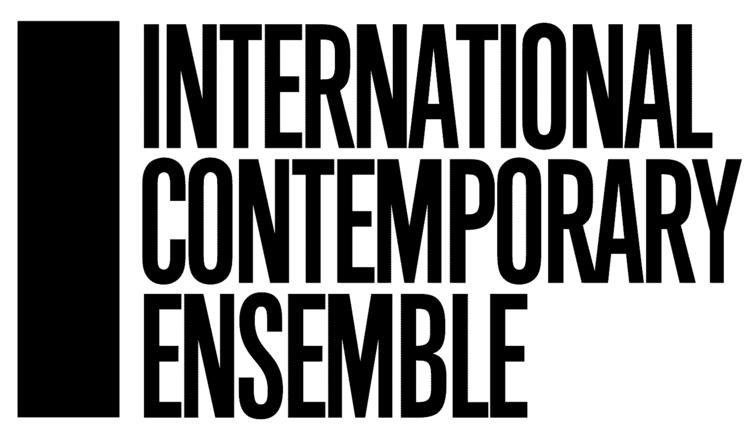From the conductor
Notes from Correspondence: Cage and Boulez on the MCA Stage
By Artist In Residence Steven Schick
Legend has it that around 1950 the thirty-eight-year-old John Cage and the twenty-five-year-old Pierre Boulez became good friends. Each saw in the other a kindred spirit, and for several years they exchanged letters that testify to a close even intimate rapport. But as their friendship grew so did fundamental differences of opinion about music and the creative process. Boulez was developing complex and disciplined compositional strategies while Cage sought to release himself from dogma and structure. Eventually friction became greater than fluency and their relationship ground to a halt. Like other famous flawed friendships—Morton Feldman and Philip Guston, who quarreled over the value of the perfected object in art; John Lennon and Paul McCartney, who fought about whether music needed to reach beyond itself to embrace the real world—Cage and Boulez became another object lesson in aesthetic compatibility. Apparently opposites do not attract. It’s best to stick with a like-minded cohort.
That’s the legend. But I don’t buy it.
Mind you, I don’t have even the slightest actual insight into the Boulez-Cage friendship other than having read their famous correspondence.
But I do know their scores from this period, and the myth that Boulez was the serious defender of musical rigor while Cage was the all-inclusive Zen master doesn’t pass the sniff test.
Betty Freeman, the great doyenne of contemporary music, once told me that their friendship failed because Boulez couldn’t accept Cage’s assertion that eating mushroom was art. This may have been a symptom, but it couldn’t have been the cause.
The Boulez-Cage correspondence is a series of letters, written mostly in French, starting in the late 1940s and ending in 1954 about the time that Boulez was hard at work on Le marteau sans maître, the work that forms the spine of tonight’s concert.
They are at times generous and warm, often full of wonky composition talk, occasionally tending toward the banal. They tell us a lot about how different life was for young composers in the early 1950s (letters addressed to hotels along tours rather than as texts or e-mail), and they show some commonalties (how to get a new piece played for a receptive audience). They reinforce that Cage was by far the older and more experienced composer (see Boulez’s innocent question when Cage invited him to teach at Middleboro: “You will blush at my ignorance . . . where is Vermont?”)
But what the letters do not show is much serious disagreement about the fundamental musical issues facing them. Each articulated the need for a highly constructed compositional methodology that tied the surface of music to deep structures. Each was suspicious of the conventional expressive markers of emotion and intuition in musical composition and performance.
In fact looking at their letters in combination with their scores leads this writer to imagine that their friendship faltered not because their philosophies were so different but precisely because they were so similar.
They had remarkably similar goals, of formal and interpretative purity, but their strategies for realizing them differed substantially. Boulez endeavored to extend the rational project of Anton Webern and the rhythmic one of Olivier Messiaen—in essence rephrasing the past—whereas Cage, equally rigorously, had embarked on the search for new chance structures rooted in the ontology of the unknown and thereby to divorce himself from the past. One of them wanted to remember and the other to forget.
We seek to capture the flavor if not the particulars of their rapport by interposing short pieces by Cage between the movements of Le marteau.
We’ll hear the pulsating multi-cultural percussion writing in Boulez’s Commentaire I de “Bourreaux de solitude” followed by its prequel from 1943 in the Chinese tom-toms of Cage’s Amores. The angularity of Avant l’Artisanat Furieux is mirrored by its indeterminate twin Music For ________.
At the mid-point of our concert each composer deploys his most formidable weaponry. Featuring his first use of the full ensemble and full array of harmonic strategies, “Bourreaux de solitude” is Boulez’s essay on musical saturation, more indebted in terms of texture to Maurice Ravel than to Darmstadt. In the Cagian universe saturation is represented in its purest form by silence.
Directly preceding Bourreaux is 4’33”— possibly the purest (and perhaps most beautiful) musical statement of the twentieth century. To the extent that the narrative of the Cage-Boulez friendship is embedded in this concert, the juxtaposition of these two pieces represents its most intimate apogee.
From here the gulf widens. Bourreaux is followed by the noise of an ensemble of radios; the second Commentaire by the star chart of Atlas Eclipticalis. Finally there is the “double” version of Bel édifice, a study in memory where the disparate threads of musical materials and René Char’s atomized verse are drawn together in symbiosis. In Le marteau the past has been remembered and reformulated; the voice has become an instrument; the apparent similarities between Le marteau sans maître and Pierrot Lunaire have been made evident. But the last word is given to the third movement of Amores. This is music nearly without precedent—as simple a statement of formal intent rendered with as simple a set of sounds as has been heard since Guillaume de Machaut.
Our aim is not to be didactic; we were simply curious. As products of a dichotomous musical education in which modernism and experimen- talism were often falsely pitted against one another, we wondered whether two of the most profiled representatives of those schools were really antithetical to one another. Might Cage and Boulez continue to correspond even today through their music? We’ll leave final observa- tions to you. But as we celebrate Cage’s hun- dredth birthday this year it’s worth returning to a letter Boulez wrote to Cage on his seventieth birthday, in 1982. “If you had not existed,” Boulez wrote, “history would have had to invent you. Fortunately for us, though, you had the genius to invent yourself.”

